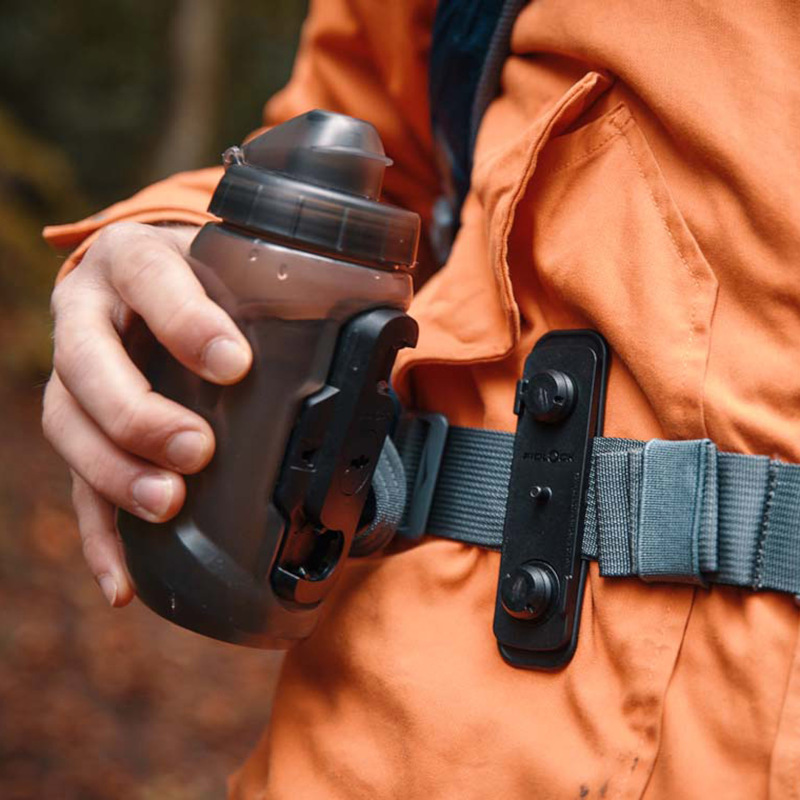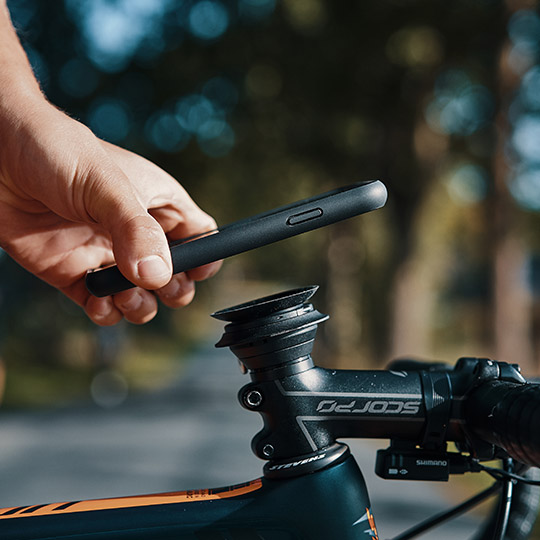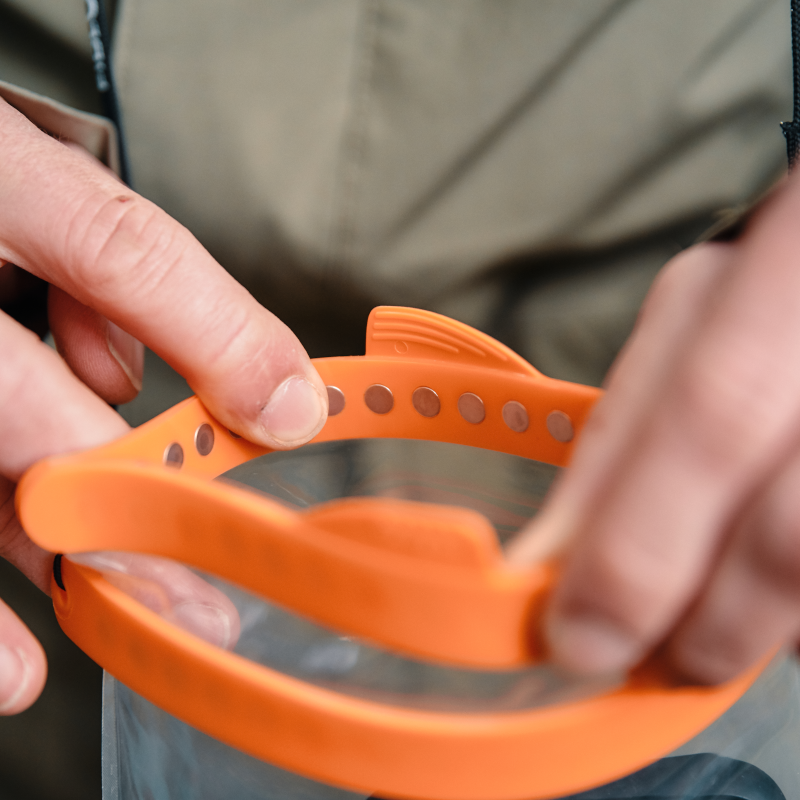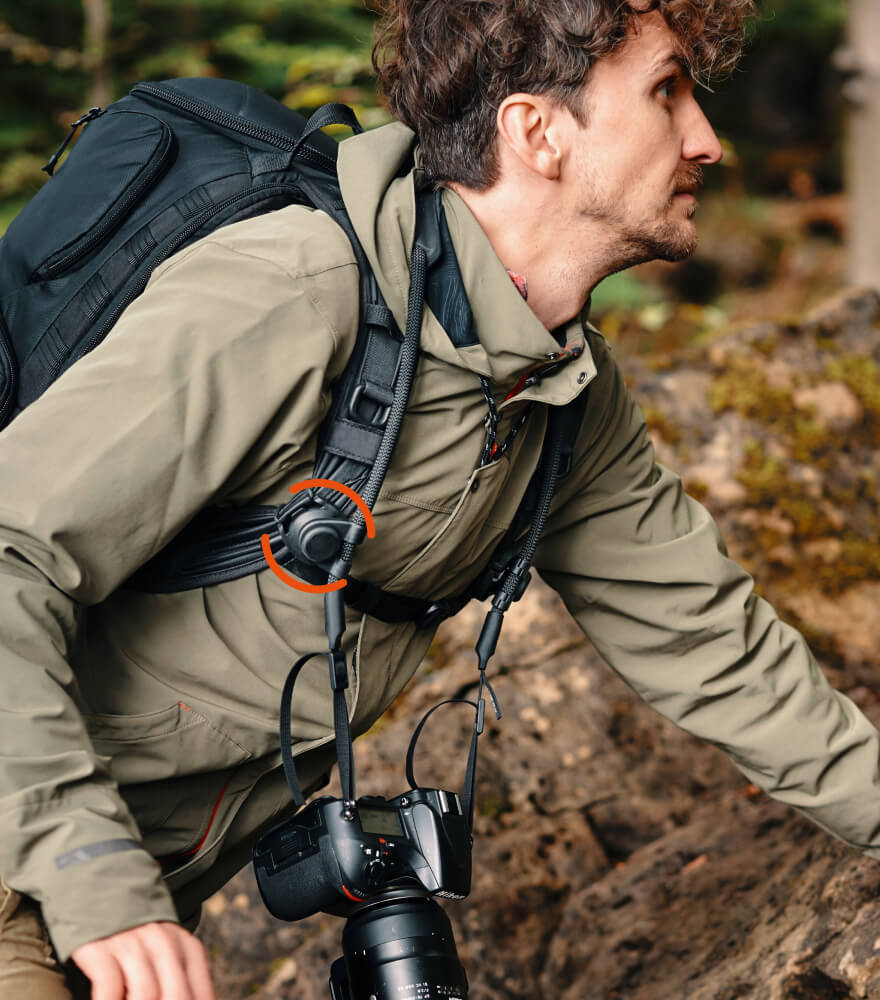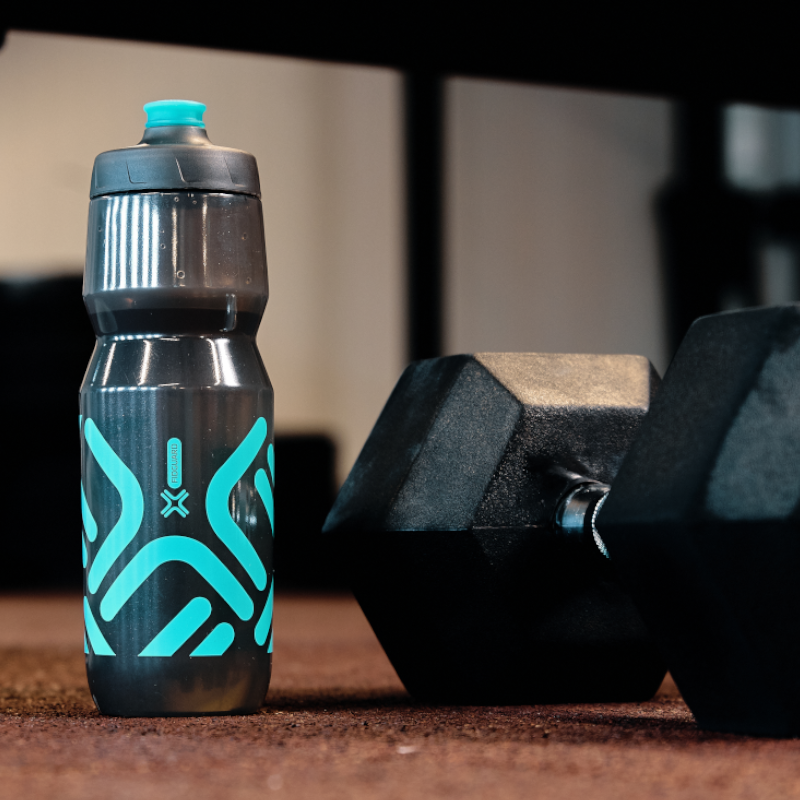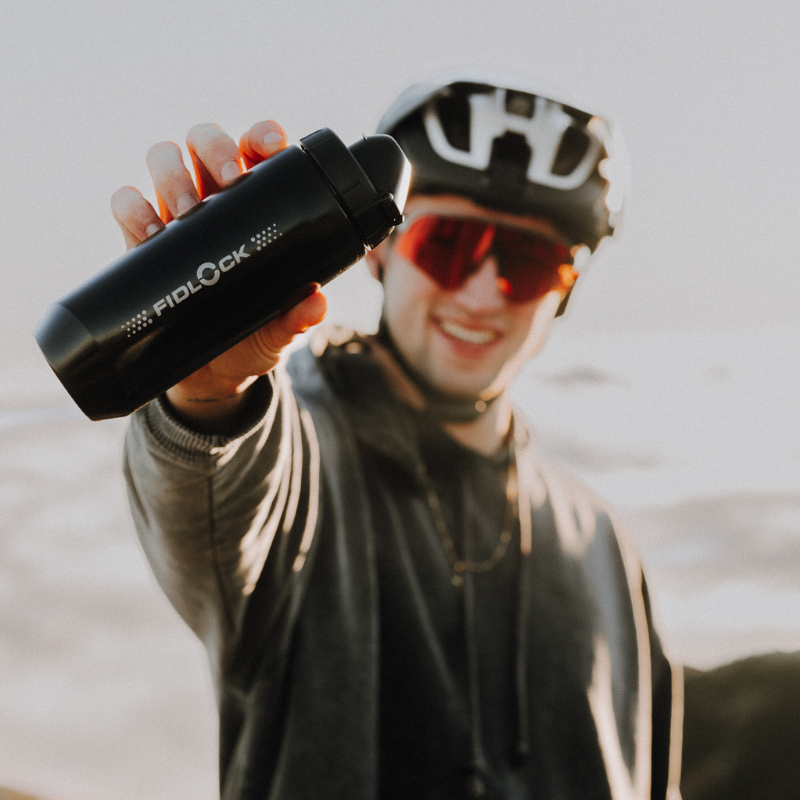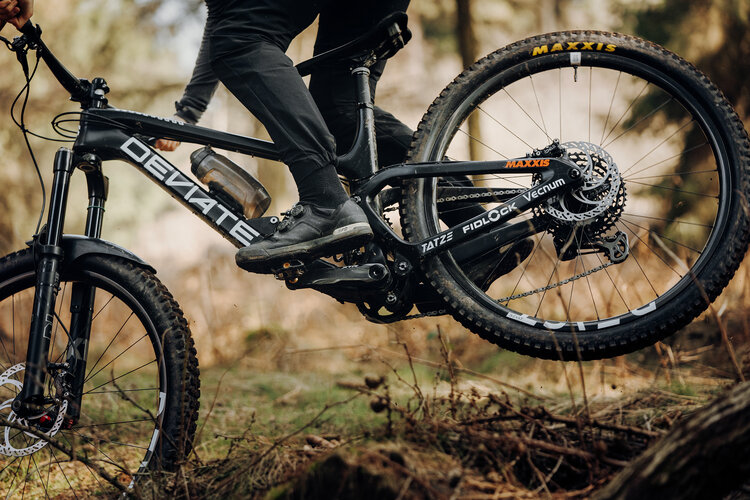
The spring check part 1 – how to clean your bike properly!
Whether enduro, road bike, or gravel – we are all looking forward to riding in the newly awakened nature, finally! But before you take your best buddy for a spin, you should first devote some time to your loyal companion. You can find out how to do this here in two steps!
As reliably as your two-wheeler gets you from A to B, as it is your gateway to freedom and an adrenaline rush, you too, should start your spring cleaning. But what is really important, what should you pay attention to, and which tips and tricks will make the check-up easier for you? We spoke to our ambassador Laura and the bike mechanic Andreas from the Crossladen.Racing team for you!
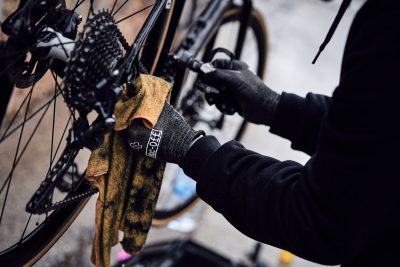
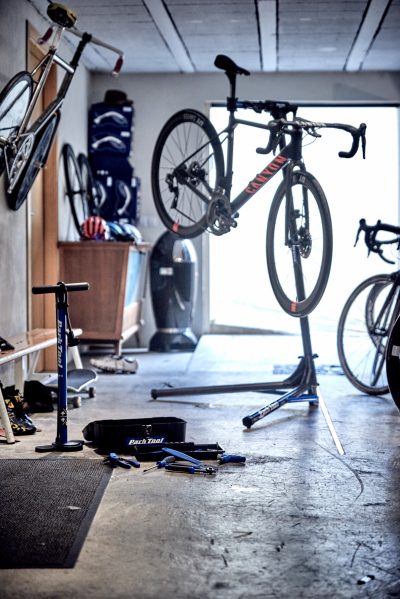
First step: cleaning your bike!
Would you like to see whether everything is still in the right place and working well? Then you should first clean your bike. Particularly good weather is best for “spring cleaning”, says Andreas. To clean your favorite two-wheeler sparkling clean, all you need is water, some washing-up liquid (or bike cleaner), and a rag.
“To be on the safe side, you shouldn’t use a high-pressure cleaner,” says Laura. “If you still want to do this, you should make sure that the steam jet does not get into the bearings, which could otherwise break,” she explains. After everything has been scrubbed clean, bike mechanic Andreas recommends waiting five minutes and then wiping the bike with a dry microfiber cloth. At this point, both bike crazy people agree: Above all, everything must dry properly! The chain can be cleaned by e.g. giving benzine or chain cleaner on a rag and walking over the chain. After everything is clean, the chian has to be oiled, of course. Tip from Andreas: “This works well with oil or wax – as you like. With oil, you don’t have to relubricate as often, but it attracts the dirt a lot more. We recommend wax here, it extends the life of the chain and does not attract dirt.”
First step: cleaning your bike!
The longevity of your favourite companion is greatly increased by regular maintenance and good care. Especially for bikes that prove their steadfastness on muddy or sandy trails. “This saves costs that would arise from broken parts,” says Andreas. Well, what are we waiting for then? Bring on the tips & tricks!
“Especially with enduro bikes, the suspension elements and seals should be cleaned with a cloth after every ride,” explains the bike mechanic. With a porous seal, the suspension fork and the damper can get too much play and break. Therefore, a tip from the mechanic for a supple seal is: “Regularly, at least every 3-4 weeks and after every trip in the rain, apply a suspension fork deodorant to the legs – this is available for around 10 € in the bike shop. Also, if there is no riding in winter. After spraying, simply move the suspension element for the deodorant to be spread. This can significantly extend the service life, and thus also that of the bike.”
After a fall or if the bike has been standing for a long time, the frame should be checked again and again for cracks, as bike mechanics and MTB riders agree.
“Also, tubeless wheels should be refilled with milk every 4-6 months, depending on the sealing milk, as this diffuses out of the tire over time”, explains Andreas. He prefers to add too much milk rather than too little. As a guideline, around 80-100 ml of milk per tire. “Also, if the bike or wheels are unused over the winter, the milk can settle in the tire, clump and get stuck in the valves. This is one of the reasons why the tires should be removed, cleaned, and refilled after the winter break”, says Laura. Since she also rides in winter, she cleans the tires every time she changes them, she tells us.
Once the bike has been cleaned, the technology needs to be checked next. How to get your bike fit, what you should pay attention to, and which tips and tricks the professional knows, you will find out in the 2nd part of our How To series!








